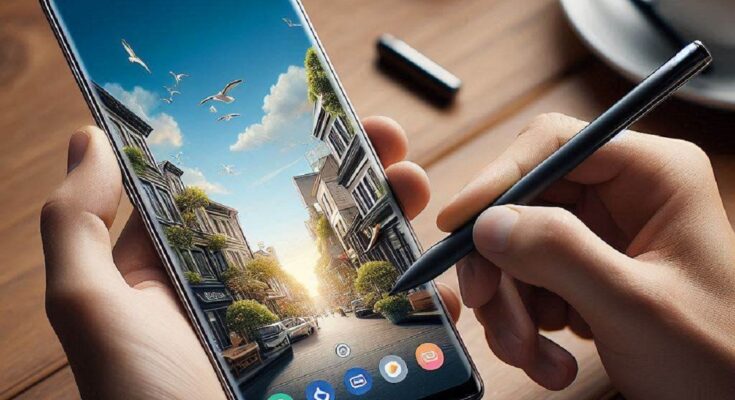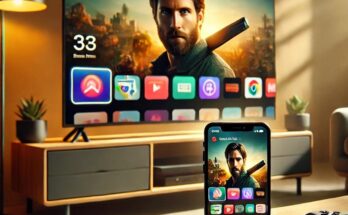The Always On Display (AOD) on your Samsung phone is a convenient feature that lets you see essential information like time, date, notifications, and even music controls without unlocking your phone. But did you know you can customize the AOD to reflect your style and preferences? This guide dives into the various ways to edit your Always On Display on Samsung phones, transforming it from a simple information display to a personalized reflection of you.
Unleashing the Power of AOD Settings
The first step to editing your AOD is accessing the settings. Here’s how to get there:
- Homeward Bound: Swipe up from your home screen to access the app drawer.
- Settings Cog: Locate the “Settings” app icon (it might resemble a cog) and tap on it.
- Lock Screen Journey: Navigate to the “Lock Screen” section within the settings menu. This section houses various options related to your lock screen and AOD functionality.
Turning AOD On or Off
Before diving into customization, ensure your AOD is even enabled. Within the Lock Screen settings, look for the “Always On Display” option. You’ll likely find a toggle switch next to it. Flick the switch to “On” to activate AOD, or “Off” to deactivate it.
Choosing Your Clock Style: Time with a Touch of Flair
The clock is the centerpiece of most AOD displays. Samsung offers a variety of clock styles to suit your taste. Here’s how to explore them:
- Within Lock Screen Settings: While still in the Lock Screen settings menu, locate the option labeled “Clock style” (the wording might differ slightly on some models).
- A World of Clock Choices: Tapping on “Clock style” reveals a treasure trove of clock options. You’ll find a mix of digital and analog clock faces, each with various color themes. Browse through the options and select the one that resonates with your style.
- Image Clock Creativity (Select Models): Some Samsung models offer a unique option called “Image clock.” This allows you to personalize your AOD with an image, sticker, or even your favorite Bitmoji character. Explore this section if your model supports it and unleash your creativity.
Fine-Tuning Brightness and Display Duration
The AOD can be helpful, but it can also drain your battery slightly. Here’s how to manage its impact:
- Adjusting Brightness: Within the Lock Screen settings or the “Always On Display” settings (depending on your model), look for an option labeled “Brightness.” You can adjust the AOD’s brightness to a level that’s comfortable for your eyes and helps conserve battery life.
- Scheduling AOD: Want the AOD to appear only during specific times? Look for an option like “Show as scheduled” or “Tap to show.” This allows you to set a custom schedule for when the AOD activates, minimizing its impact on battery life.
Managing Notifications on AOD: A Balancing Act
AOD can display notification icons, but too many can be overwhelming. Here’s how to strike a balance:
- Notification App Selection: Within the Lock Screen settings or AOD settings, locate an option like “Notifications.” This section allows you to choose which apps can display notification icons on your AOD. Select only the apps whose notifications you consider critical for a glance without unlocking your phone.
Pro Tip: Group Similar Notifications (One UI 5.0 and Later)
If you’re running One UI 5.0 or later on your Samsung phone, you can benefit from a new feature: grouping similar notifications. This helps declutter your AOD by grouping notifications from the same app together, making it easier to manage information at a glance.
Exploring Third-Party Apps for AOD Customization (Proceed with Caution)
The Google Play Store offers third-party apps that promise even more AOD customization. While these apps can be tempting, exercise caution. Before installing any app, read reviews and ensure it comes from a reputable developer. Some malicious apps might pose security risks or drain your battery excessively. It’s always best to prioritize official Samsung features for AOD customization whenever possible.
Remember: The specific steps and menu options might vary slightly depending on your Samsung phone model and software version. If you encounter any difficulties, consult your phone’s user manual, which is often accessible electronically on the Samsung website. With a little exploration, you’ll be well on your way to crafting a personalized Always On Display that reflects your style and preferences.




